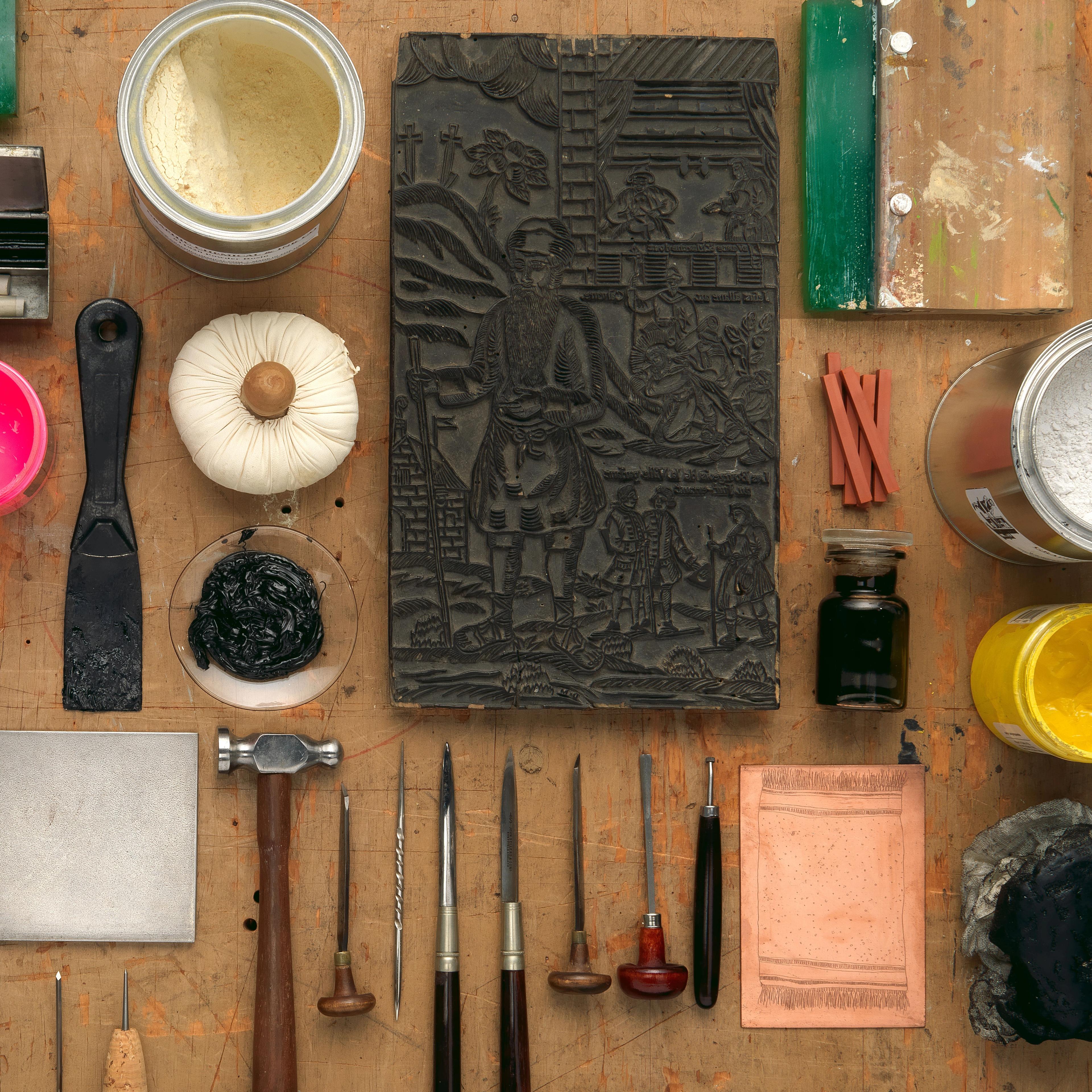Materials and Techniques
How are works of art created?
About
Essential to understanding a work of art is an appreciation of how it was made. Did the artist choose to draw in red chalk, gouache, or with pen and ink? Was their print created through woodcut, etching, or lithography? Was the decorative metalwork made by electrolytic etching or damascening? And how did those critical choices affect the final appearance of the work of art?
In every description of a work of art—in a book, on the wall labels of an exhibition, or on a website page—there is a field that identifies its medium; in other words, an explanation of the materials and techniques employed by the artist to produce the object. Understanding the process as well as the distinct qualities—and limitations—of specific materials illuminates and expands our understanding of the work of art.
Episodes
About Season 3
What Is Printmaking? Printmaking is an artistic process based on the principle of transferring images from a matrix onto another surface, most often paper or fabric. Traditional printmaking techniques include woodcut, etching, engraving, and lithography, while modern artists have expanded available techniques to include screenprinting.
A matrix is essentially a template, and can be made of wood, metal, or glass. The design is created on the matrix by working its flat surface with either tools or chemicals. The matrix is then inked in order to transfer it onto the desired surface. To print from a matrix requires the application of controlled pressure, most often achieved by using a printing press, which creates an even impression of the design when it is printed onto the paper or fabric. (More modern printmaking techniques, such as screenprinting, do not require a press.) The resulting print is often the mirror image of the original design on the matrix. One of the great benefits of printmaking (save for monotype) is that multiple impressions of the same design can be printed from a single matrix.
Learn more about the various printmaking techniques in the episodes listed above.
Credits
Freyda Spira, Liz Zanis, and the curators of the Department of Drawings and Prints
Rachel Mustalish, Department of Paper Conservation
Paul Lachenauer and Wilson Santiago, Imaging
This project was made possible by the LeRoy Neiman Center for Print Studies at Columbia University.
